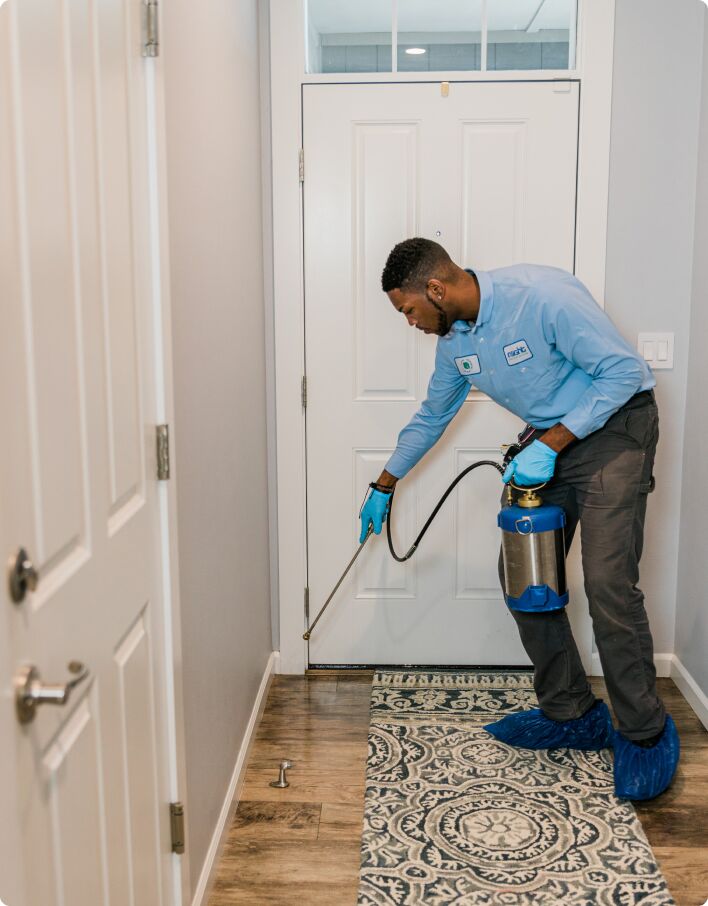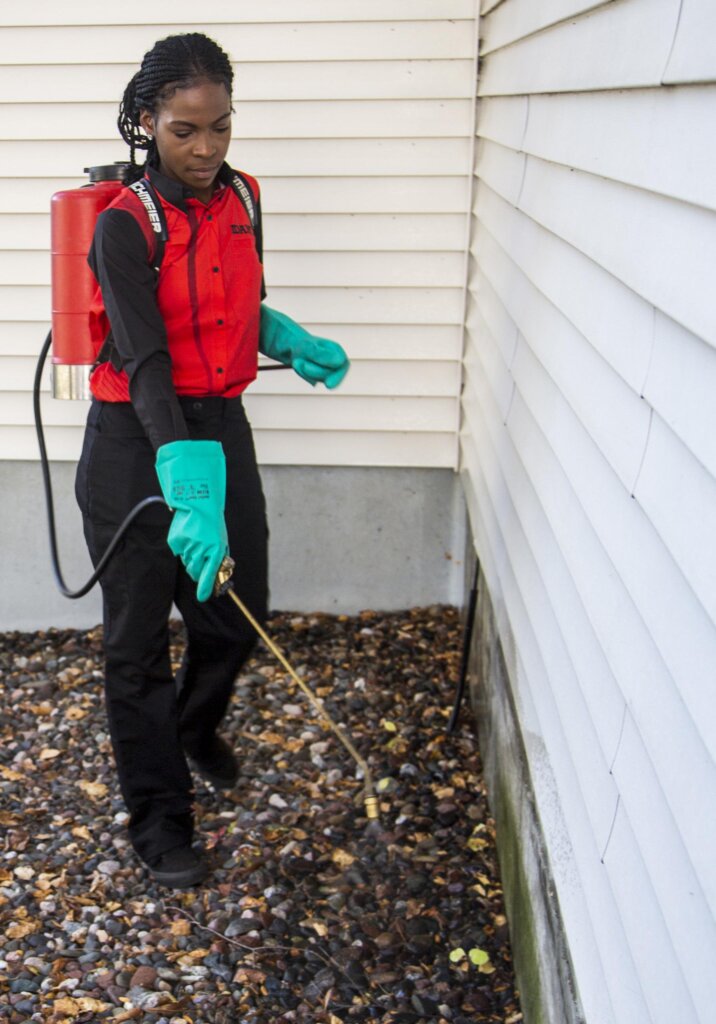Quick and Efficient Pest Removal Services with Pest Control Lockhart
Quick and Efficient Pest Removal Services with Pest Control Lockhart
Blog Article
Checking Out Infestation and Treatment Methods worldwide of Bug Control
The landscape of insect control incorporates a myriad of challenges, particularly as problems of usual family pests continue to evolve. By integrating preventative steps with advanced management techniques, such as Integrated Insect Management (IPM), property owners can better safeguard their atmospheres.

Typical Household Pests
When it involves handling our home, recognizing typical house bugs is critical. These parasites not just disrupt our convenience yet can also posture health threats and damages residential property. One of the most common home parasites include ants, cockroaches, rodents, termites, and bed insects.
Ants, usually seen foraging in cooking areas, can contaminate food and develop large swarms. Rats, consisting of mice and rats, can trigger architectural damages and lug illness like hantavirus and salmonella.
Identifying the indicators of these insects, such as droppings, nests, or attack marks, is necessary for early treatment (Pest Control Lockhart). Appropriate sanitation methods, securing access factors, and maintaining a clutter-free setting are reliable preventative steps. By determining these common house insects and comprehending their actions, house owners can take positive steps to minimize infestations, making certain a much healthier living environment
Recognizing Pest Infestations
Pest infestations can intensify quickly, turning a minor aggravation into a significant trouble if not dealt with quickly. Understanding the nature of these infestations is important for effective monitoring. Bugs can invade residential and commercial spaces for various factors, including the look for food, sanctuary, or reproducing grounds. Common variables adding to invasions consist of bad hygiene, architectural susceptabilities, and seasonal adjustments that drive parasites inside your home.
Recognizing the kind of parasite is essential, as various species exhibit different actions and reproductive prices. Rats may establish nests in hidden locations while pests like roaches thrive in moist atmospheres. Early detection often rests on acknowledging indications such as droppings, gnaw marks, or uncommon sounds, which can show an issue before it ends up being extreme.
Warm, moist environments can assist in the fast growth of parasite populations, while modifications in landscaping or building and construction can inadvertently produce conducive atmospheres. An enlightened strategy to recognizing these characteristics lays the groundwork for effective bug monitoring techniques in the future.
Therapy Techniques and Strategies
Reliable therapy techniques and techniques are vital for alleviating parasite infestations and recovering a risk-free atmosphere. A complex strategy is usually best, integrating chemical, biological, and mechanical techniques tailored to the certain insect and the extent of the invasion.
Chemical therapies consist of using insecticides and herbicides, which can efficiently eliminate bugs. Appropriate application and adherence to security standards are vital to minimize threats to human beings and navigate to this site non-target microorganisms. Integrated Bug Monitoring (IPM) motivates the cautious use of chemicals as a last option, counting rather on monitoring and limit degrees to figure out intervention requirements.
Biological control approaches entail presenting natural predators or bloodsuckers to decrease pest populaces. This approach is increasingly prominent, specifically in agricultural setups, as it promotes environmental sustainability.
Mechanical techniques, such as catches and obstacles, offer immediate remedy for bugs without introducing chemicals. Choices include sticky traps for insects or physical barriers for rodents.
Eventually, the choice of therapy technique ought to think about the particular insect, the setting, and potential effect on human wellness and ecosystems. A well balanced mix of these methods can successfully handle invasions while advertising long-lasting bug control services.
Safety Nets for House
Proactively dealing with parasite issues prior to they rise is vital for keeping a healthy and balanced home environment (Pest Control Lockhart). Implementing efficient safety nets can considerably minimize the chance of invasions, inevitably safeguarding both your home and health

Proper landscaping also plays a critical function in prevention. Keeping hedges and trees cut away from your house lowers the possibilities of parasites finding their way inside your home. Ensure that water drainage systems are working successfully to avoid standing water, which can draw in mosquitoes and various other insects.
Finally, regular examinations are advisable. On view it a regular basis inspecting for indications of insect activity allows for very early intervention. By embracing these precautionary procedures, house owners can create an atmosphere that is less welcoming to parasites, thereby enhancing their overall lifestyle and lowering the requirement for substantial insect control treatments.
Industrial Parasite Control Strategies
A comprehensive strategy to commercial parasite control is necessary for services intending to maintain a risk-free and hygienic atmosphere. Reliable strategies entail a combination of regular inspections, worker training, and the application of Integrated Insect Administration (IPM) techniques.
Regular inspections make it possible for very early detection of bug task, enabling timely intervention. Companies must establish a routine schedule for these assessments, concentrating on high-risk areas such as cooking areas, storage rooms, and garbage disposal sites. Worker training is equally important; staff ought to be educated on the indications of parasite invasions and the importance of reporting them instantly.
Carrying out IPM methods helps minimize insect problems sustainably. This consists of environment alteration, such as sealing entry factors and lowering clutter, in addition to using all-natural deterrents prior to considering chemical therapies.

In addition, collaborating with a certified pest control company makes sure access to specialist knowledge and innovative therapy alternatives. This collaboration can bring about personalized insect control plans tailored to the particular needs of business, decreasing dangers and improving overall efficacy. Inevitably, a positive and educated method fosters a pest-free atmosphere, securing both public health and service online reputation.
Conclusion
In verdict, effective insect control requires an extensive understanding of usual house pests and click this link their actions, combined with targeted treatment methods. Executing precautionary steps alongside therapy strategies such as Integrated Insect Management and organic control improves the capability to alleviate invasions.
Report this page